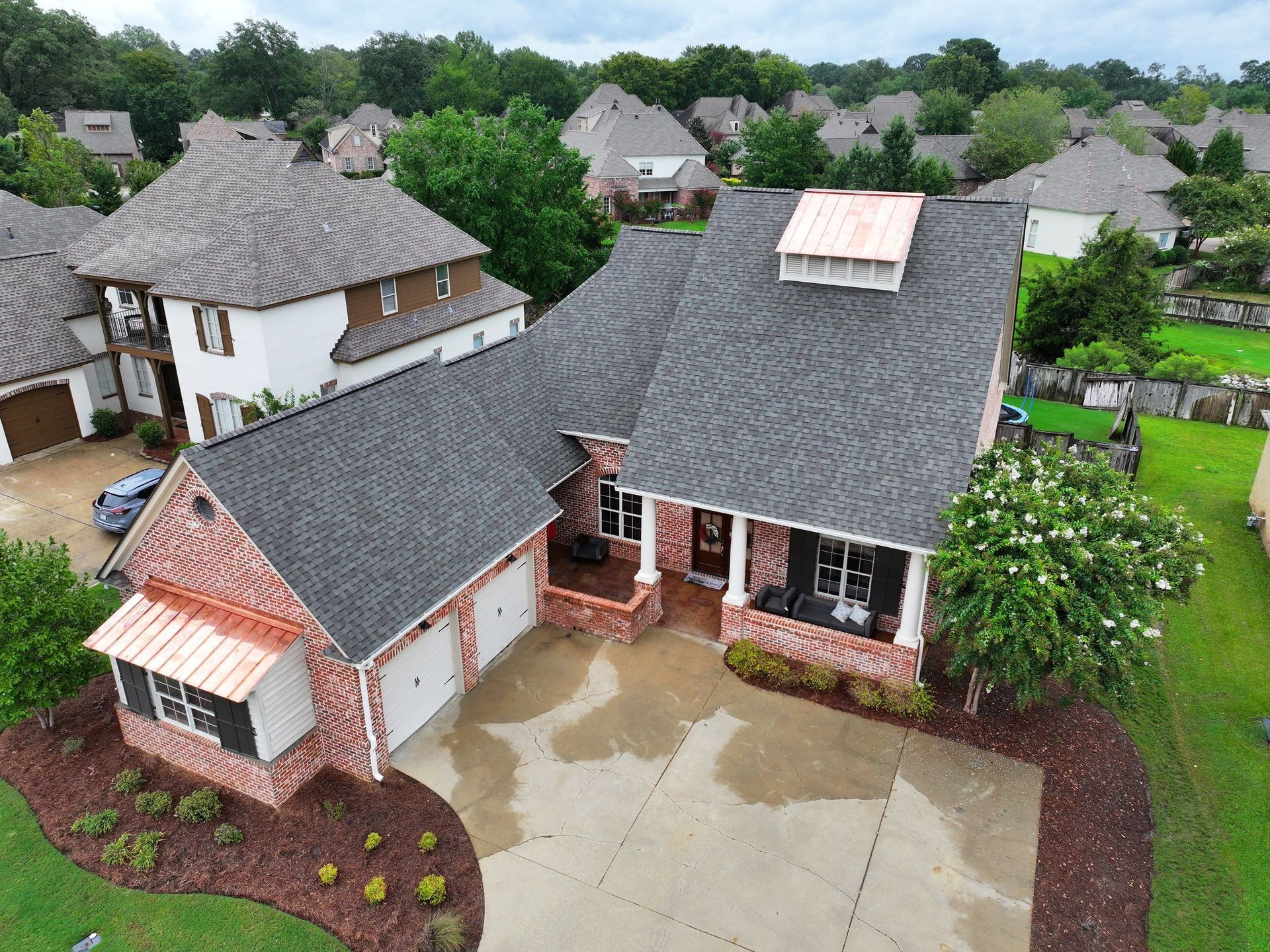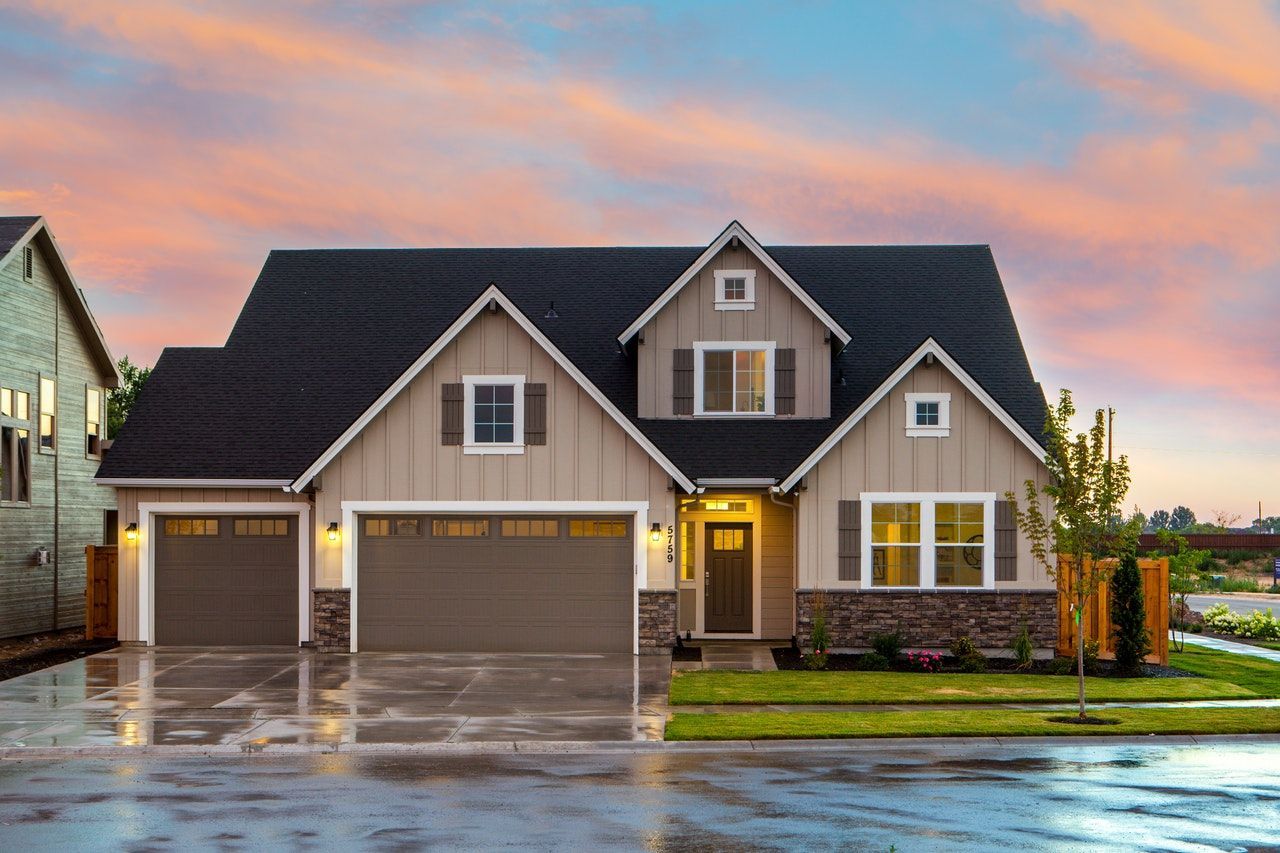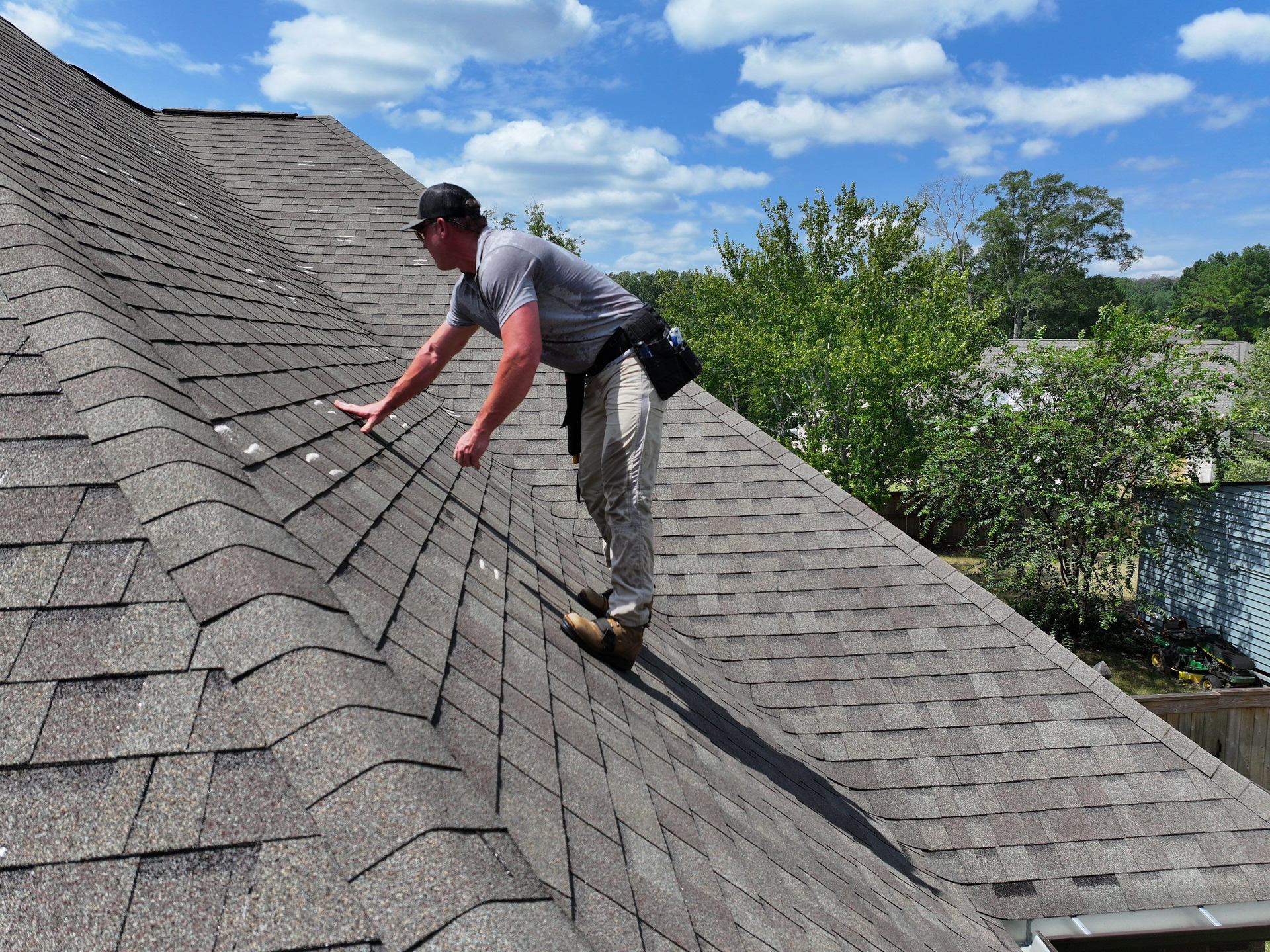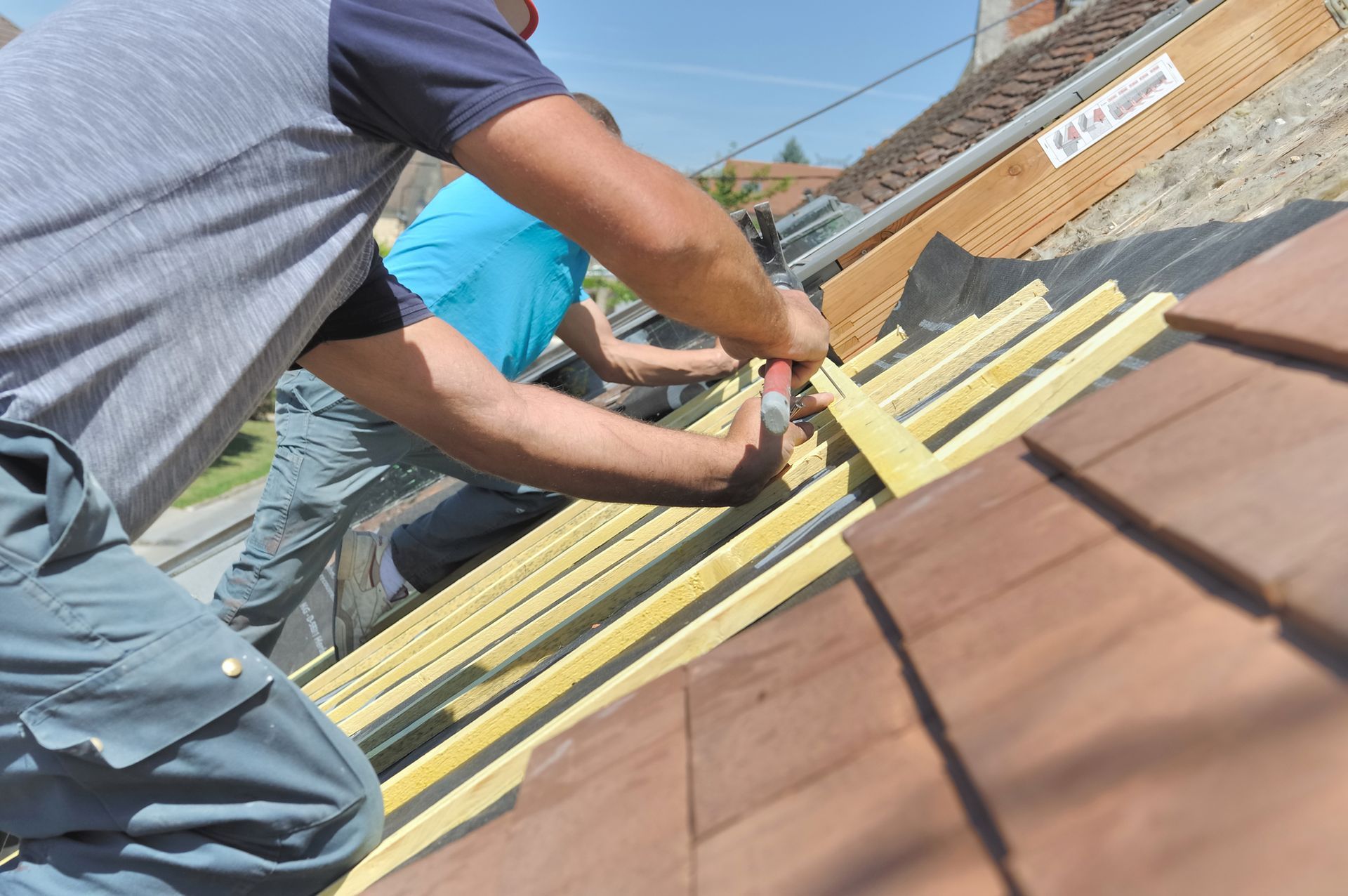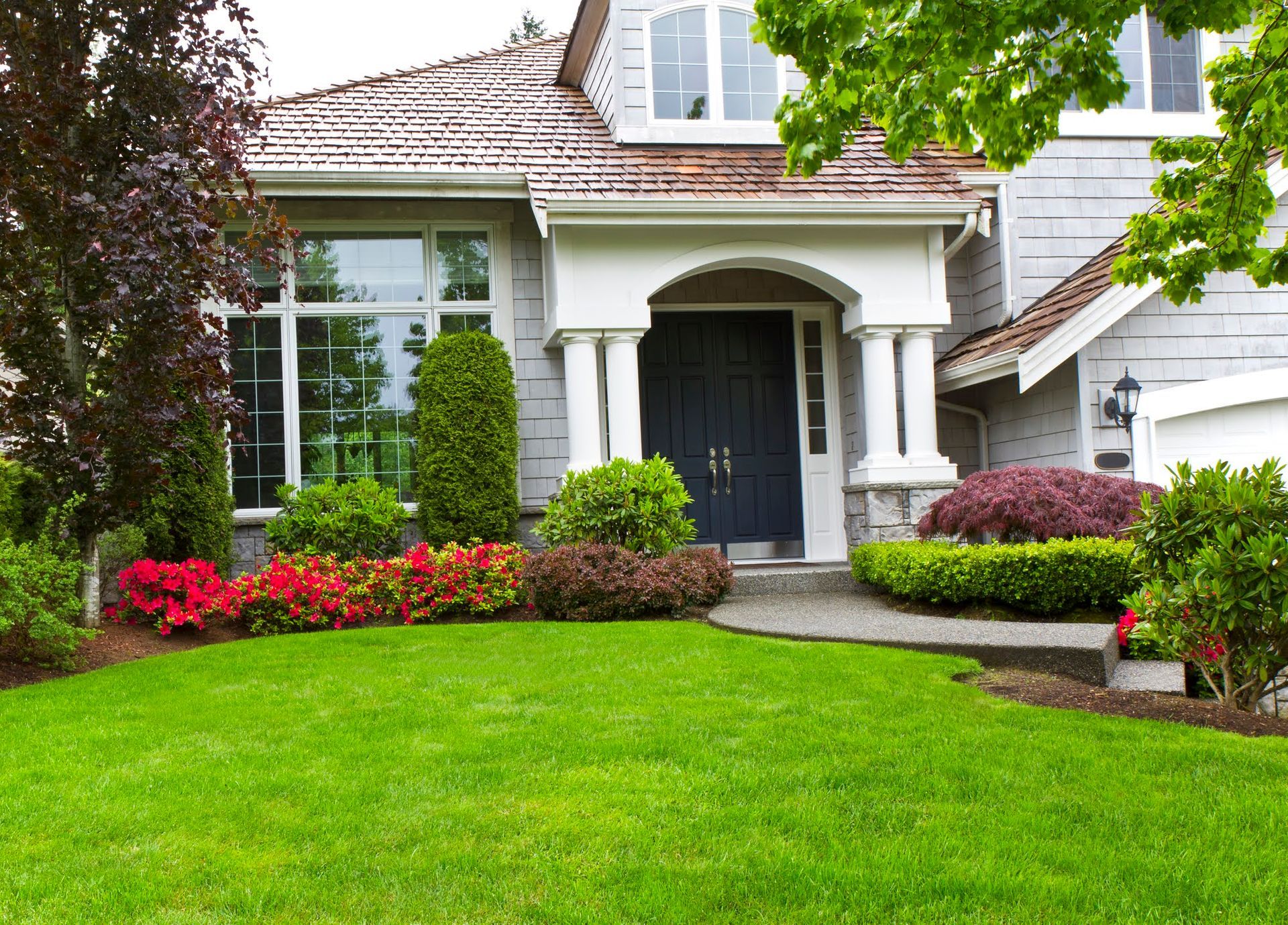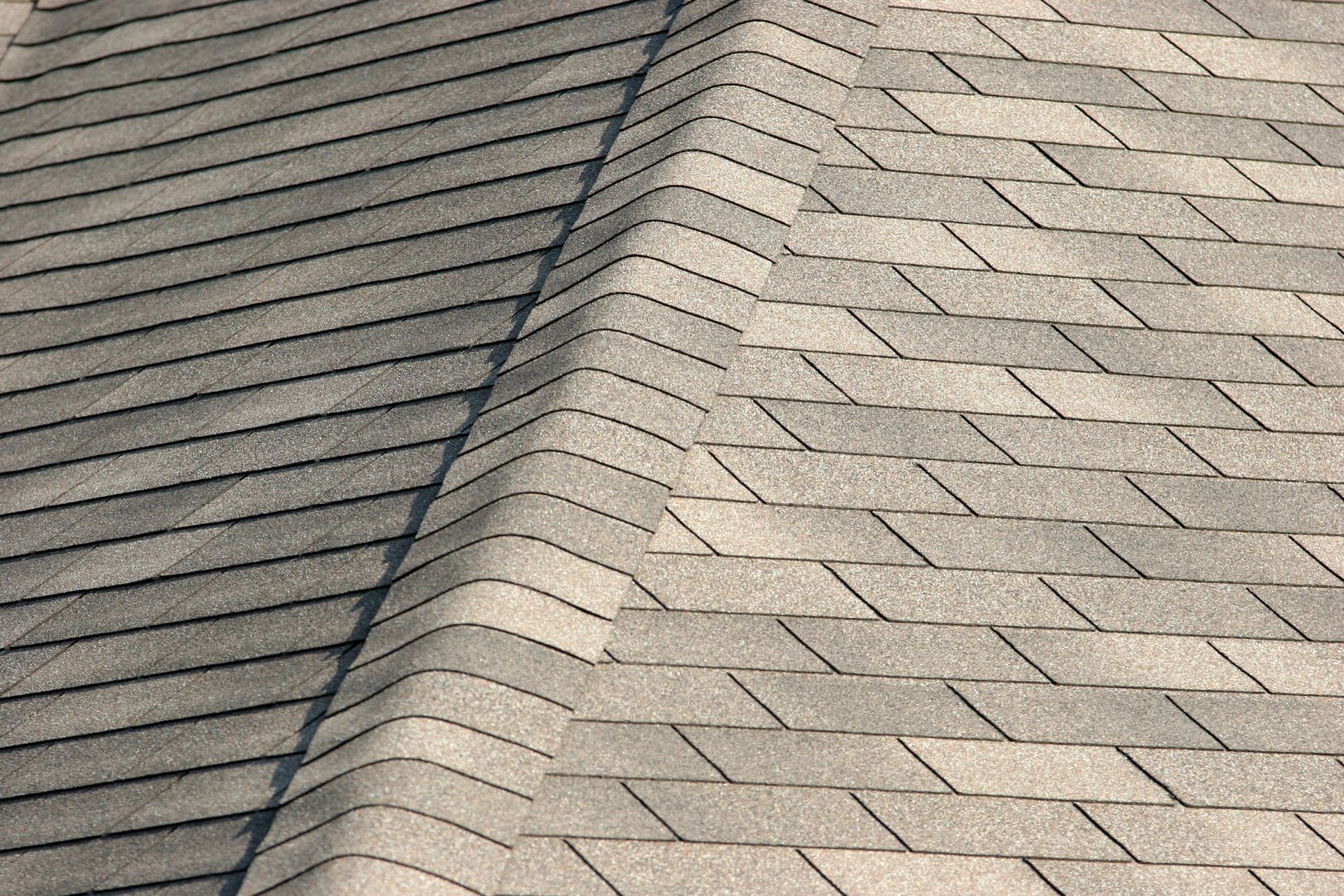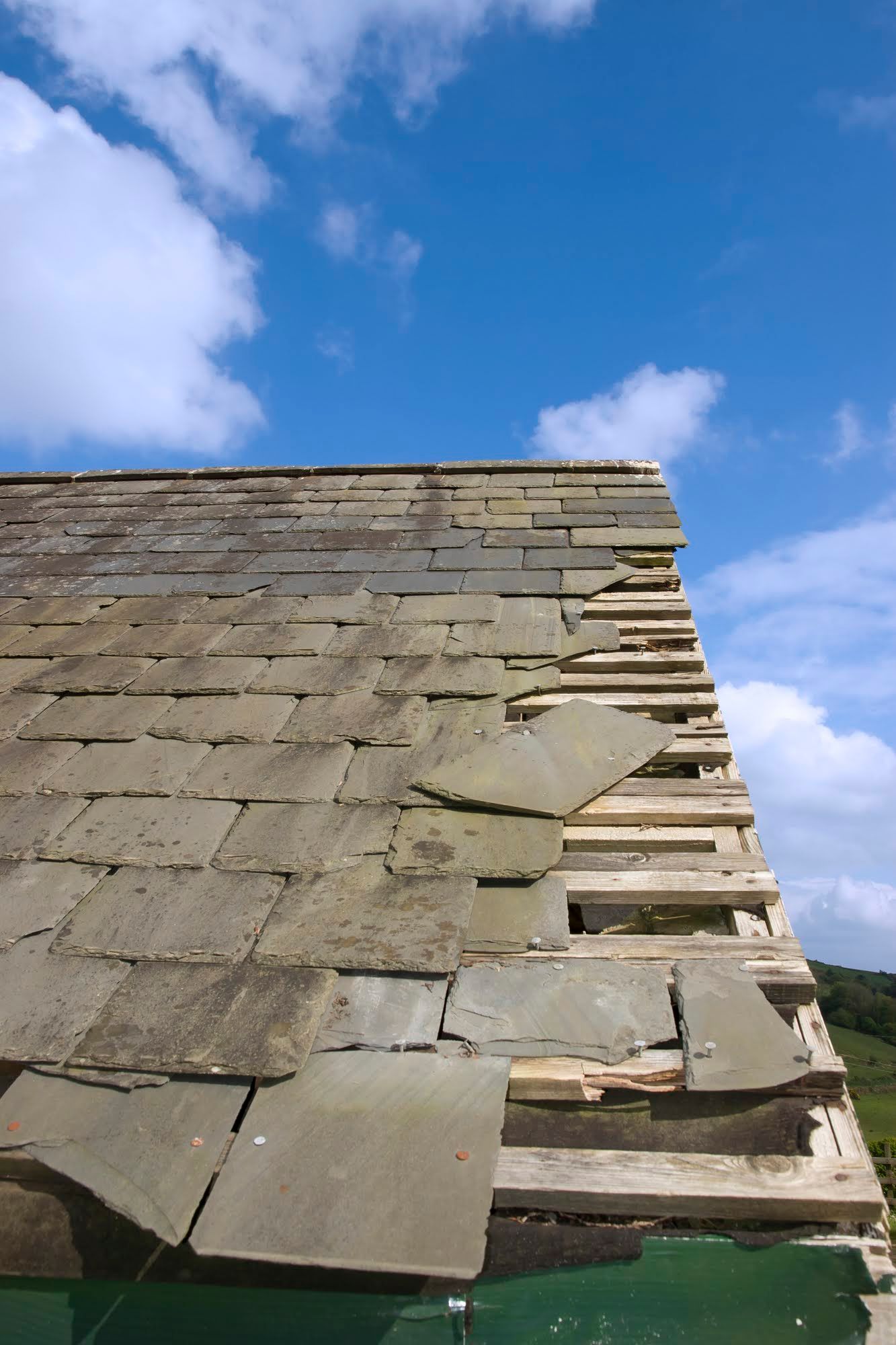Signs It's Time to Replace Your Siding
Siding is pivotal in shielding your home from the elements, boosting its curb appeal, and bolstering its insulation. Despite the durability of siding materials, wear and tear inevitably surface over time. Detecting these indicators promptly can prevent homeowners from incurring hefty repair expenses, thereby safeguarding the structural integrity and aesthetic allure of their homes.
Cracks and Gaps
One of the most obvious signs that your siding needs replacement is the presence of cracks and gaps. Over time, exposure to weather conditions can cause siding materials to crack. These fissures can allow moisture to seep in, leading to mold growth and potential damage to the underlying structure. Gaps between siding panels can also be problematic, as they compromise the home's insulation and can result in increased energy bills. If these issues are widespread, it's a clear indication that the siding has reached the end of its lifespan and needs replacing.
Warped or Buckling Panels
Warped or buckled siding panels indicate the necessity for replacement. These issues often stem from prolonged exposure to moisture or heat, causing the material to expand and contract. This compromises the siding's protective role, leaving the home susceptible to additional damage. Additionally, buckling can detract from the home's visual appeal. Widespread warping or buckling signals the requirement for new siding.
Peeling Paint or Wallpaper Indoors
Unexpectedly, issues with your home's exterior siding may surface indoors. If you observe peeling paint or wallpaper indoors, it could stem from moisture seeping through the siding. This is worrisome as it signifies that the siding is failing to offer sufficient protection against the elements. Infiltrating moisture can trigger mold growth and structural deterioration, both of which can incur significant expenses. Replacing the siding can avert further harm and maintain the dryness and health of your indoor spaces.
Fading and Discoloration
While it's natural for siding to fade over time due to exposure to sunlight, excessive fading or discoloration can be a sign that the siding material is deteriorating. When the color of the siding becomes uneven or patchy, it not only affects the home's curb appeal but also suggests that the siding is no longer providing adequate protection. Modern siding materials are designed to be more resistant to fading, so if you notice significant discoloration, it might be time to upgrade to more durable options.
High Energy Bills
An unexpected increase in energy bills can be another indicator that your siding needs replacement. Siding plays a vital role in insulating your home and maintaining energy efficiency. If the siding is damaged or deteriorating, it can result in drafts and heat loss, causing your HVAC system to work harder to maintain a comfortable temperature. By replacing old or damaged siding with new, energy-efficient materials, you can improve your home's insulation and potentially reduce your energy costs.
Rotting or Soft Spots
Rotting or soft spots in your siding are clear signs of severe water damage. This is especially common in wood siding, which is susceptible to rot when exposed to moisture over extended periods. Rotting siding not only looks unsightly but also compromises the structural integrity of your home. If you notice any areas of your siding that feel soft or spongy to the touch, it's important to address the issue promptly. Replacing the siding will prevent further damage and ensure your home remains structurally sound.
Frequent Maintenance
While all siding requires some level of maintenance, needing constant repairs and upkeep is a red flag. If you're frequently repainting, patching, or caulking your siding, it may be more cost-effective in the long run to replace it entirely. New siding materials are designed to be low-maintenance and durable, allowing you to enjoy a beautiful exterior without the hassle of constant upkeep.
Mold, Mildew, and Fungus
The presence of mold, mildew, or fungus on your siding is a clear indication of moisture problems. These growths can spread quickly and cause significant damage to your home's structure if left unchecked. While it's possible to clean mold and mildew from the surface, persistent growth suggests that moisture is getting trapped behind the siding. Replacing the siding can help eliminate this issue and protect your home from further damage.
Bubbling or Blistering
Bubbling or blistering on your siding is a sign that moisture is trapped beneath the surface. This can occur when water infiltrates the siding material and becomes heated by the sun, causing it to expand and form bubbles or blisters. This not only affects the appearance of your home but also indicates that the siding is no longer providing adequate protection. Replacing the affected siding can prevent further moisture damage and restore the home's exterior.
Insect Damage
Insects like termites and carpenter ants have the potential to inflict significant harm on specific siding materials, especially wood. The presence of small holes, tunnels, or sawdust-like residue near your siding may indicate an insect infestation. These pests can undermine the siding's strength and jeopardize your home's structural soundness. By replacing the affected siding and addressing the pest issue promptly, you can prevent further infestations and safeguard your residence.
Timely recognition of these signs can save homeowners from extensive damage and costly repairs. If you notice any of these indicators, it's time to consider replacing your siding. Investing in high-quality, durable siding can enhance your home's curb appeal, improve energy efficiency, and ensure your home remains protected from the elements.
For professional advice and a comprehensive assessment of your siding needs, contact our team today. We're here to help you choose the best siding options to suit your home's unique requirements.
Quick Links
CONTACT INFORMATION
Phone Number:
(601) 906-4711
Email: info@haloroofingms.com
Business Hours: Monday to Friday: 8:00 am – 6:00 pm
By Appointment Only

sERVICE AREAS
Halo Roofing and Restoration proudly serves the greater Jackson area, including:

